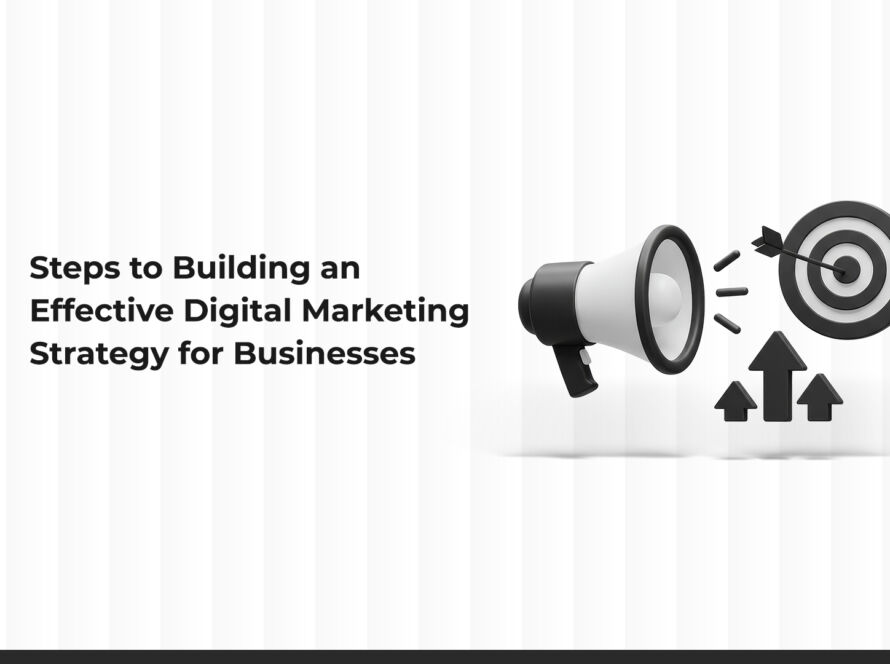In our rapidly changing digital world, content has become the cornerstone of a brand’s success. Whether you are a small business owner or a marketing manager in a large company, an integrated content strategy is key to enhancing digital engagement, attracting customers, and building your brand identity in a sustainable way. In this article, we will discuss how to design and implement a long-term content strategy, focusing on aspects such as content planning, setting objectives, and measuring performance to ensure your brand stands out in a competitive market.
1. Understanding Content Strategy and Its Importance
A content strategy is a comprehensive plan that outlines how to create and distribute content that speaks to your target audience while reflecting your brand’s values and message. This strategy includes:
- Setting Objectives: Whether it’s increasing brand awareness, improving digital engagement, or boosting conversion rates.
- Analyzing the Audience: Knowing who your potential customers are, what interests them, and where they are active online. You can use tools like surveys, data analysis, and social media insights to understand your audience’s behavior. The more precise your audience data, the better you can create content that meets their needs.
- Choosing the Right Channels: Identifying the appropriate digital platforms for content distribution, whether social media, blogs, or email.
- Content Planning: Creating a timeline for producing and publishing content, ensuring its diversity and comprehensiveness.
Building a strong content strategy isn’t just about producing a large quantity of posts; it’s about providing real value that meets your audience’s needs and helps build a solid relationship with them. When the message is clear and the goal is defined, it becomes easier to improve digital engagement and attract the right customers.
2. Steps to Building a Long-Term Content Strategy
A. Analyzing the Current Situation
Before starting any plan, evaluate your brand’s current online presence. This includes:
- Assessing Existing Content: What has been provided so far? What areas can be improved?
- Analyzing Digital Channel Performance: Measure digital engagement across different platforms, such as website visits, likes, comments, and shares.
- Identifying Strengths and Weaknesses: Understand what sets your content apart from competitors and which areas need development.
B. Defining Objectives and Vision
Your content strategy goals should be clear and measurable. Objectives can be divided into:
- Short-Term Goals: Such as increasing the number of social media followers or improving your website’s bounce rate.
- Long-Term Goals: Like building a strong brand identity and converting potential customers into loyal clients.
It is important that these goals align with the overall vision of your brand, helping to create a cohesive picture that reflects your business values and ambitions.
C. Identifying the Target Audience
To build a successful content strategy, you must understand your audience in detail. This helps you:
- Create Relevant Content: That meets your audience’s needs and interests.
- Choose the Right Tone and Style: Whether your audience is specialized or general.
- Select the Most Effective Channels: Where your audience is primarily active, which in turn enhances digital engagement.
Utilize digital analytics tools and surveys to gain a better understanding of your customers’ behavior and needs.
D. Planning Content and Executing Campaigns
Content planning is one of the most crucial stages in building a content strategy. Planning should include:
- Defining Content Types: Such as articles, videos, images, and infographics. A variety of content increases the chances of attracting customers.
- Creating a Content Calendar: Specifies when and how content will be published across various platforms. A calendar helps organize campaigns and ensures continuous engagement.
- Budget Allocation: For both creation and promotion, ensuring the process is comprehensive and based on realistic expectations.
The prepared content should be consistent with your brand’s identity and reflect its values and message, thereby helping to build your brand identity over the long term.
E. Enhancing Digital Engagement
Improving digital engagement is a fundamental step in any successful content strategy. To achieve this:
- Use SEO Techniques: To ensure your content appears in search engines, thus reaching a broader audience.
- Engage with Your Audience: Respond to comments, hold contests, and host digital events to build a close relationship with your customers.
- Analyze Data and Reports: Track content performance using analytical tools like Google Analytics to understand what works well and what needs adjustment.
Continuous interaction with your audience not only improves digital engagement but also strengthens customer loyalty and builds a community around your brand.
3. Building Brand Identity Through Content
Building your brand identity is an ongoing process that requires clear messaging and adherence to your brand’s core values. To achieve this through content:
- Unify the Message and Tone: Every piece of content should share the same tone and style that distinguishes your brand. This consistency enhances credibility and creates clear communication with your audience.
- Highlight Brand Values: Whether it’s transparency, innovation, or quality, your content should repeatedly reflect these values.
- Utilize Storytelling: Storytelling is a powerful tool for creating an emotional connection with your audience. Share success stories, challenges, or customer experiences that reveal the human side of your brand.
- Engage with the Community: Participating in social campaigns, donations, or environmental initiatives can enhance your brand image and attract customers who share the same values.
When you build your brand identity through content, it becomes easier for your audience to recognize your brand and distinguish it from competitors.
4. Enhancing Digital Engagement and Attracting Customers
The ultimate goal of any content strategy is to improve digital engagement and attract customers. To achieve this:
- Create Value-Added Content: Your content should be useful and offer solutions to your audience’s problems. Valuable content encourages users to engage and share.
- Strategically Use Keywords: Such as “content strategy,” “digital engagement,” and “customer acquisition” to ensure your content appears in search engines and targets the right audience.
- Focus on Visual Experience: Good design and high-quality images increase the appeal of your content.
- Leverage Social Interaction: Encourage your audience to share your content with friends and followers to boost organic reach and help build a community around your brand.
Utilizing digital analytics tools also helps in understanding audience preferences and refining strategies based on real data, making the process more precise and effective.
5. Challenges and Solutions in Building a Long-Term Content Strategy
Although building a long-term content strategy has many benefits, it also faces several challenges:
- Changing Search Engine Algorithms: You must continuously adapt to changes in SEO policies and update your content regularly.
- Intense Competition: Your brand must offer innovative and unique content to stand out from competitors.
- Budget and Time Constraints: Careful planning and task distribution help overcome these challenges without compromising content quality.
- Maintaining Innovation and Creativity: Routine can lead to a loss of enthusiasm, so it is recommended to hold regular brainstorming sessions with your team to generate new ideas.
To overcome these challenges, have a flexible system that allows for ongoing adjustments and improvements, in addition to using digital analytics tools that provide real data to guide your strategy more accurately.
6. Practical Tips for Creating Outstanding Content
To ensure you build an integrated and successful content strategy, here are some practical tips:
- Consistency in Publishing: Sticking to scheduled publishing times builds audience trust and presents your brand as professional.
- Focus on Quality Over Quantity: Outstanding content is not about the number of posts but the added value each piece provides.
- Innovate in Storytelling and Presentation: Use storytelling techniques, reliable statistics, and real studies to make your content more engaging.
- Engage Honestly with Your Audience: Make sure to respond to comments and inquiries, and be transparent in your communication.
- Continuous Learning: Stay updated with the latest trends in content and digital marketing, and be ready to update your strategy constantly to keep pace with market changes.
Remember that success in the world of content is not achieved overnight; it results from continuous effort and regular updates to your strategies based on real data and audience engagement. By following the steps outlined in this article, you can prepare a comprehensive plan that strengthens your digital presence and achieves your long-term marketing goals.
Investing in a content strategy is an investment in the future of your brand, as delivering high-quality content enhances customer trust and builds an engaged community that supports continuous growth and excellence in a competitive market. Always stay informed about the latest developments in digital marketing and be ready to experiment with new methods to ensure your ongoing success.



